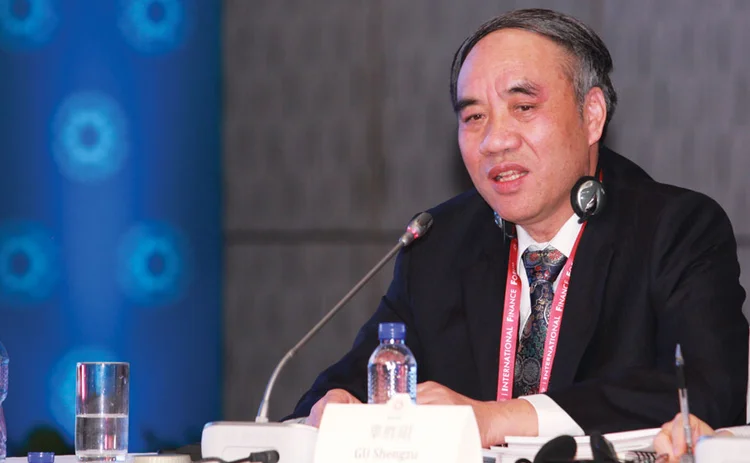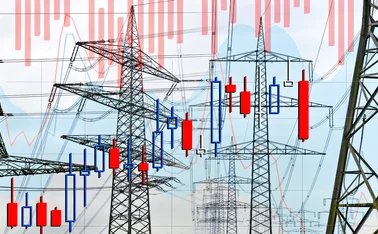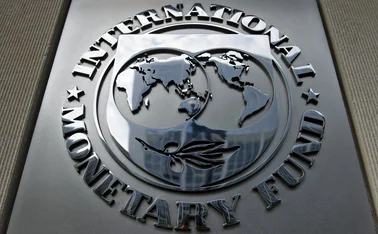
Gu Shengzu on unleashing innovation to support Chinese growth
NPC Financial and Economic Affairs Committee vice-chair discusses China’s economic transformation

What do you view as the key elements in China's economic transformation?
China's economic transformation during the period of the Thirteenth Five-Year Plan will centre on five aspects. First, economic growth will be driven by innovation rather than factor investment. Second, structural transformation will mean greater focus on consumption and services. Third, economic growth will be underpinned by 'green development', a concept put forward during the fifth plenary session. Fourth, China will continue to globalise its economy by exporting capital and expanding overseas business rather than merely attracting foreign investment as occurred in the past. And fifth, China will strive to make its growth model more inclusive.
In China, the service sector has now surpassed manufacturing in size. A growth agenda, emphasising innovation, coordination, openness, sharing, and green development, has been presented. But more needs to be done. China must upgrade its industries from low-end to mid- and high-end. Ultimately, the country should transform itself from a major exporter of products to a major exporter of capital – from 'Made in China' to 'Owned by China' and 'Created in China'.
Since China opened up its economy 35 years ago, the country's GDP has grown 142 times. This growth, however, has neither been inclusive nor balanced. Urban residents' disposable income grew 71 times during the same period. Rural residents fared worse still. Yet recently, this has begun to change. In 2015 disposable income of both urban and rural residents grew faster than GDP; such momentum should be strengthened during the next five years.
Can China really hit a target of more than 6.5% GDP growth per year?
Many foreign economic and financial institutions doubt whether China will achieve growth of 7% in the coming years. Two strategies could help prove them wrong: the 'mass entrepreneurship and innovation' strategy and the Belt and Road initiative.
President Xi Jinping sees innovation as the new engine of national development. As Premier Li Keqiang has pointed out, innovation will be the key driver of a Chinese shift from low-end to mid- and high-end industry.
Ultimately, China should transform itself from a major exporter of products to a major exporter of capital
In the US, President Barack Obama has championed a structural shift away from the excessive reliance on finance that led to the global financial crisis, toward high-end manufacturing. It does indeed appear that the technology sector, symbolised by California's Silicon Valley, has served as the engine of US economic recovery following the crisis. The top five US companies in terms of market value – Apple, Google, Microsoft, Amazon and Facebook – are all based near Silicon Valley.
Notably, they rely heavily on foreign talent. Immigrants account for 36% of Silicon Valley's population, compared to 13% for the US as a whole. Some people even joke Silicon Valley is built by 'ICs' – Indian and Chinese. Arguably, workers from India and China are the engine of America's quintessential tech hub. Chinese tech workers are playing an important role at home as well. The world's second largest tech hub, measured by companies listed, is Beijing's Zhongguancun.
How can China optimise entrepreneurship and innovation?
As China looks to offset slowing growth through entrepreneurship and innovation, certain aspects become crucial. Most important is to optimise the entrepreneurship and innovation ecosystem by lowering entry barriers for startups, establishing habitats for entrepreneurship and innovation, and facilitating synergies between the two.
China also needs to foster a culture of innovation. Tolerance of failure and job-hopping among professionals are typical features of Silicon Valley culture. Moreover, China should offer entrepreneurial education, encourage large enterprises to lead the way on innovation, and cultivate innovative finance and more efficient capital markets. The prosperity of Silicon Valley is, after all, supported by Wall Street.
For innovative businesses, institutional innovation outweighs technological innovation; talent motivation outweighs technological development; the creation of a favourable environment outweighs the aggregation of production factors; and culture outweighs plants and machinery. Fostering innovation is, therefore, a long-term commitment and short-term speculative behaviour should be avoided. Unlike the seeding of a lawn, which is relatively short term and can produce quick results, planting trees requires a long-term view. Our innovators should bear in mind that they are 'planting trees' and should focus on the long-term process and the early stage of the incubation programmes.
Silicon Valley is teeming with talent and capital but, more importantly, it benefits from an ecosystem of entrepreneurship and innovation. Beijing's Zhongguancun is on a par with Silicon Valley's Sand Hill Road in this regard. Zhongguancun now contributes more than 40% of Beijing's economic growth and has formed a comprehensive, innovative system supported by the cooperation of government, enterprises, universities, research institutes, financial institutions and intermediary organisations.
Zhongguancun now has 260 listed companies and is a cluster attracting talent and capital. Both Beijing and Shenzhen are comparable to Silicon Valley in other ways too. One third of Chinese venture capital firms are based in Beijing's Zhongguancun and another third in Shenzhen, a similar ratio to Silicon Valley.
How important is the internet in terms of fostering innovation?
The internet is the most vital platform for entrepreneurship, creating both a fairer playing field for businesses and more active investors. It has become ‘the fifth domain' after land, sea, air and space and the new internet economy has become the biggest growth pole. China is likely to supersede other developed countries in becoming a leading internet power; the US now has six of the top global internet companies while China has four.
Gu Shengzu is vice-chairman of the Financial and Economic Affairs Committee of the National People's Congress.
Only users who have a paid subscription or are part of a corporate subscription are able to print or copy content.
To access these options, along with all other subscription benefits, please contact info@centralbanking.com or view our subscription options here: http://subscriptions.centralbanking.com/subscribe
You are currently unable to print this content. Please contact info@centralbanking.com to find out more.
You are currently unable to copy this content. Please contact info@centralbanking.com to find out more.
Copyright Infopro Digital Limited. All rights reserved.
You may share this content using our article tools. Printing this content is for the sole use of the Authorised User (named subscriber), as outlined in our terms and conditions - https://www.infopro-insight.com/terms-conditions/insight-subscriptions/
If you would like to purchase additional rights please email info@centralbanking.com
Copyright Infopro Digital Limited. All rights reserved.
You may share this content using our article tools. Copying this content is for the sole use of the Authorised User (named subscriber), as outlined in our terms and conditions - https://www.infopro-insight.com/terms-conditions/insight-subscriptions/
If you would like to purchase additional rights please email info@centralbanking.com








